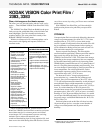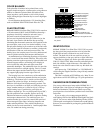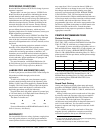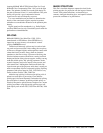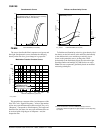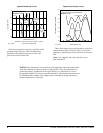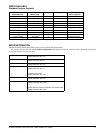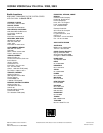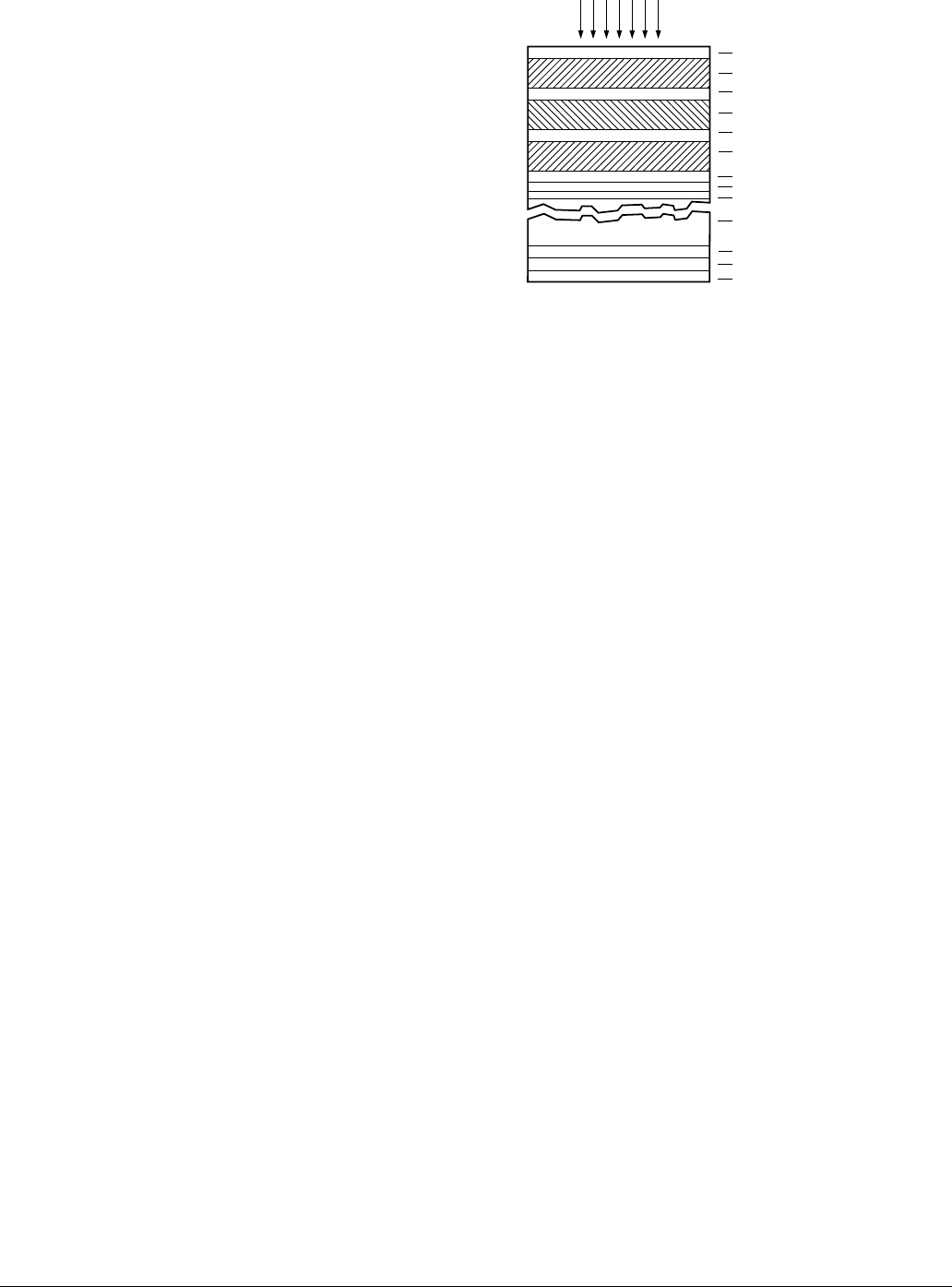
2 KODAK VISION Color Print Film / 2383, 3383 • H-1-2383t
COLOR BALANCE
Color print film is balanced to be printed from a color
negative, duplicate negative, or internegative, using either an
additive or subtractive printer. Black-and-white (silver
image) negatives can be printed to yield a fairly neutral
image, although slight coloration may be seen in highlights
or shadows.
Overall filtration should include a UV-absorbing filter,
such as a KODAK WRATTEN Gelatin Filter No. 2B.
FILM STRUCTURE
KODAK VISION Color Print Film / 2383, 3383 is coated on
a 120 micrometre (0.0047-inch) ESTAR Base featuring a
proprietary electrically conductive anti-static layer, a
polymeric scratch-resistant backing layer, and a
process-surviving backside lubricant. Unlike rem-jet, the
anti-static layer remains with the film after processing,
eliminating the electrostatic attraction of dirt particles to the
processed print, even at very low relative humidity. A very
thin polymeric backing layer coated on top of the anti-static
layer provides superior resistance to scratches, cinch marks,
and abrasion of both raw stock and processed film. The
backing layer also contains process-surviving lubricant and
matte to optimize winding and transport characteristics.
An antihalation layer containing proprietary solid particle
dyes is coated under the normal emulsion. These dyes offer
superior protection against exposure by light reflected back
from the support surfaces, minimizing color fringing in
critical scenes like white titles and night scenes with
automobile headlights. The antihalation layer also provides
improved resistance to safelight edgefog, since it is coated
between the support and the emulsion layers, and absorbs
any support light-piping from the edge of the roll.
The imaging layers are coated on top of the antihalation
layer and they contain new patented emulsion and coupler
technology. The bottom layer is sensitive to blue light, and
produces the yellow dye image. An interlayer controls
diffusion of developer and development by-products. The
next layer is sensitized to red light, and yields the cyan dye
image. Another interlayer is coated on top of it. The top
image-forming layer is sensitized to green light, and
produces magenta dye. The very thin topmost layer (SOC)
provides protection from scratches. Process-surviving
lubricant and matte are used in the SOC to optimize winding
and transport characteristics. The emulsion layers also
contain absorber dyes to precisely control film speed and
reduce intragrain light scatter, increasing sharpness and
further reducing halation. These soluble absorber dyes,
which give the raw stock emulsion its familiar purple-blue
color, are washed out during processing.
IDENTIFICATION
KODAK VISION Color Print Film / 2383, 3383 raw stock
has the typical blue-purple emulsion color of print film.
Slight batch-to-batch variations in raw stock color are
normal. The back side of the raw stock has no rem-jet,
appears dark blue to slate-gray, and has a slight iridescence.
This film has slightly less surface gloss than processed
2386 / E / 3386 / E Film. When viewed by reflected light, the
back side exhibits a slight iridescence, with subtle color
bands due to the dichroic nature of the very thin back-side
coatings.
After processing, “2383 KODAK” or “3383 KODAK” is
visible along the length of the film, along with strip number
and date codes.
This film is available on ESTAR Base only. Most 35 mm
applications use KS-1870 (ISO type “P”) print perforations.
DARKROOM RECOMMENDATIONS
You can use sodium-vapor lamps with a KODAK No. 8
Safelight Filter / dark yellow in safelights providing general
darkroom illumination. The filtered sodium-vapor lamp
provides the best visual efficiency with the least visual effect
on the film.
If you are using a low-wattage tungsten bulb for
task-lighting, filter it with a KODAK 8 Safelight Filter / dark
yellow. You can use amber Light Emitting Diodes (LEDs)
(590 nm peak wavelength) for minimal task or path lighting;
however, do not use them for prolonged or general darkroom
illumination.
4.7 Mil ESTAR Base
Scratch Resistant T-Coat W/Lube
Conductive Anti-Static Layer
U-Coat
U-Coat
Subbing Layer
Anti-Halation Dye Layer
Gel Protective Coat (SOC)
Green-Sensitive Emulsion
Clear Gelatin Interlayer
Red-Sensitive Emulsion
Clear Gelatin Interlayer
Blue-Sensitive Emulsion
Safety Film Base
EXPOSING LIGHT
This drawing illustrates only the relative layer arrangement of the
film and is not drawn to scale.
F002_0698AC



